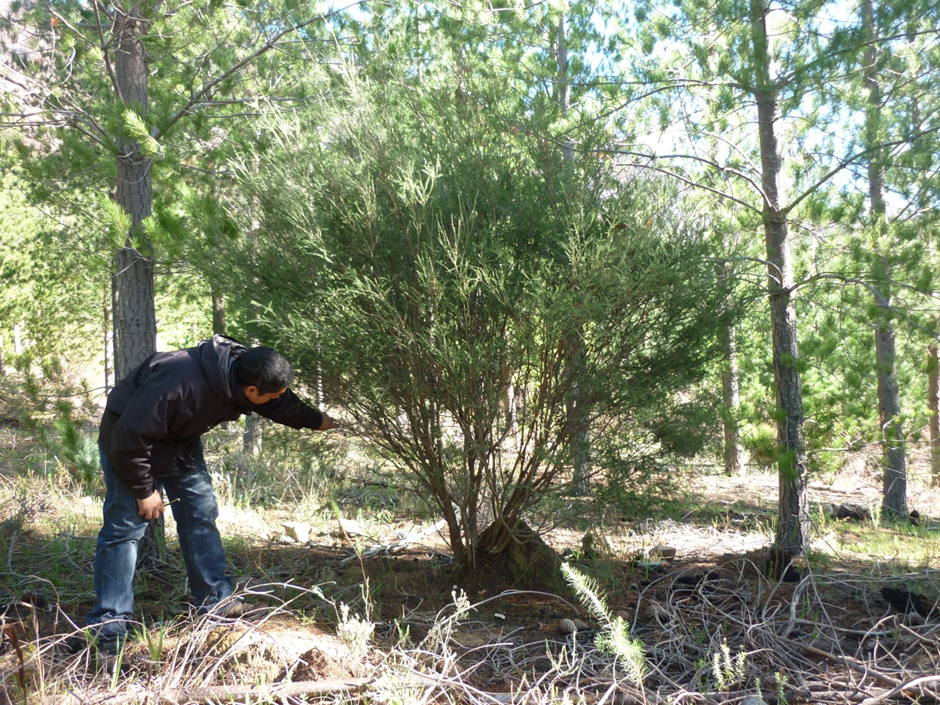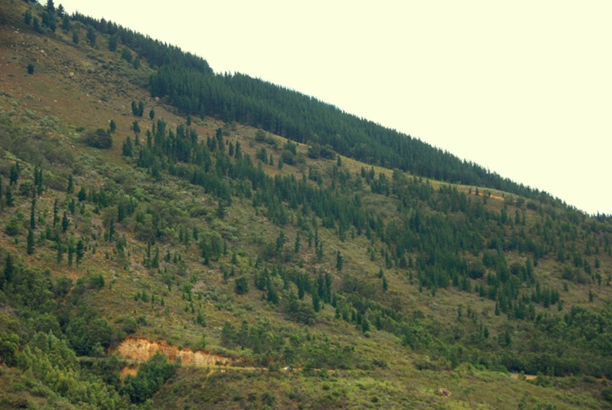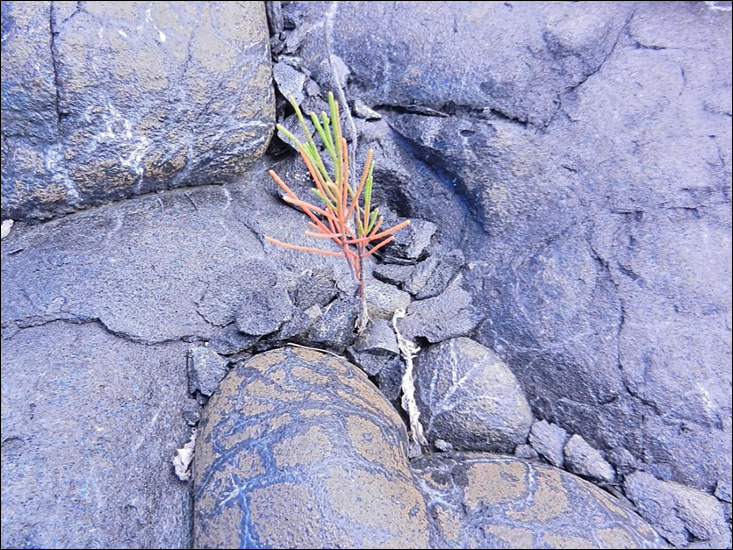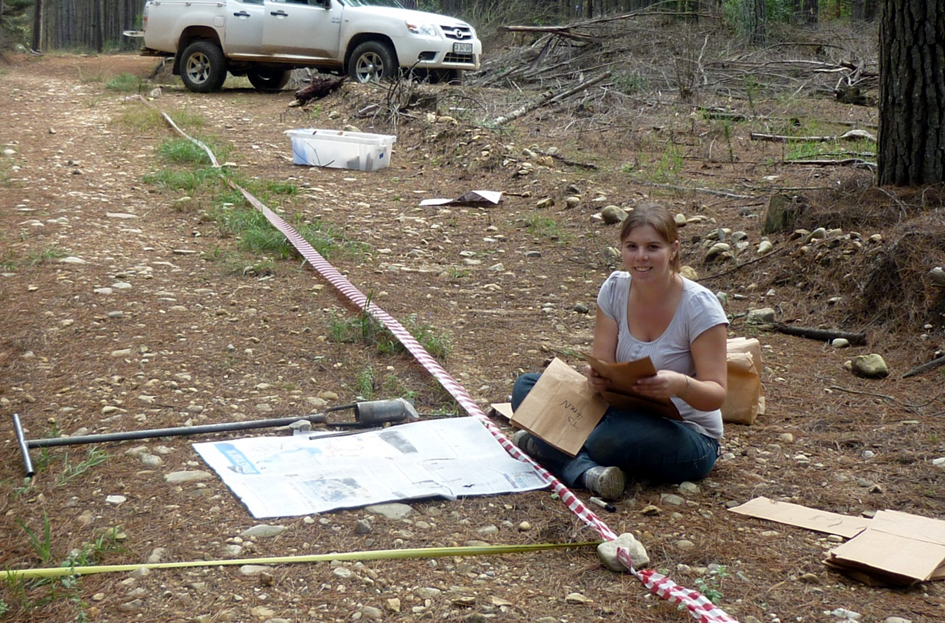Prosopis: a weed or resourceful tree in South Africa?
Prosopis is an agroforestry tree that was introduced globally to over 100 countries – including South Africa. Prosopis went through mass scale distribution and planting, to aid farmers with fodder, shade and fire wood in the arid parts of South Africa.





